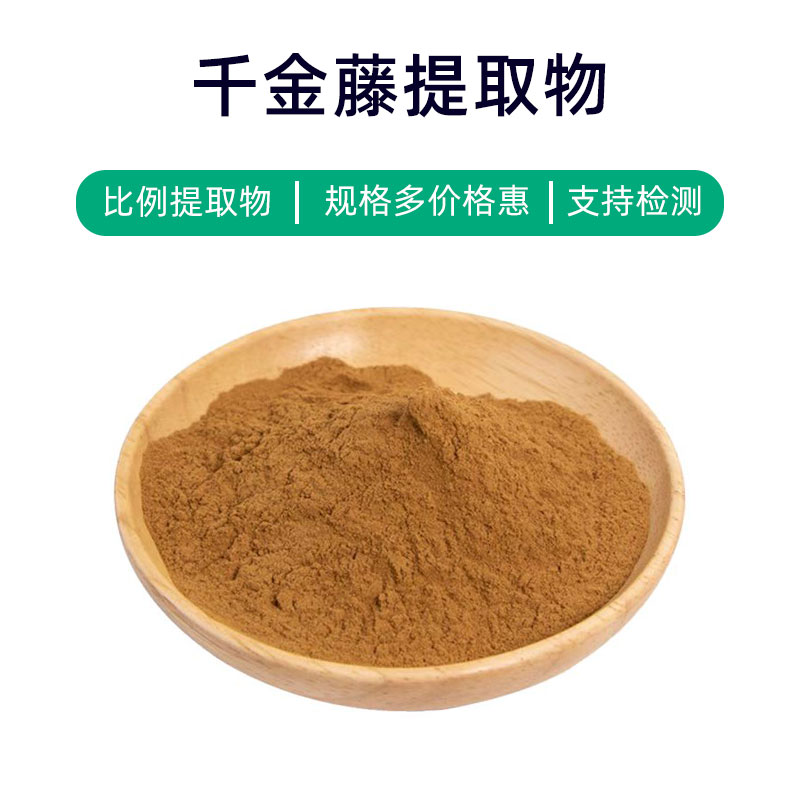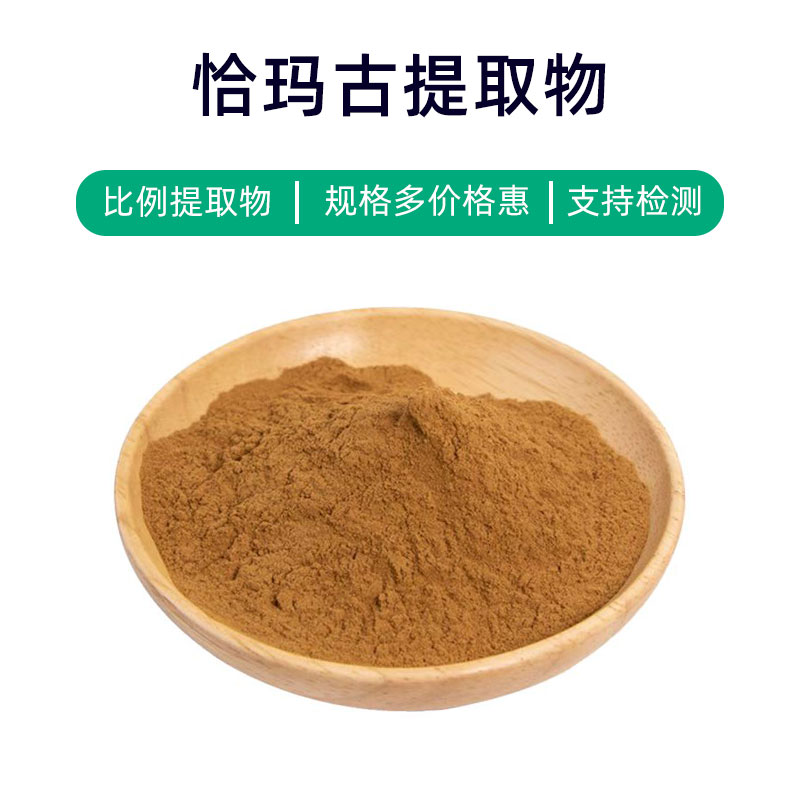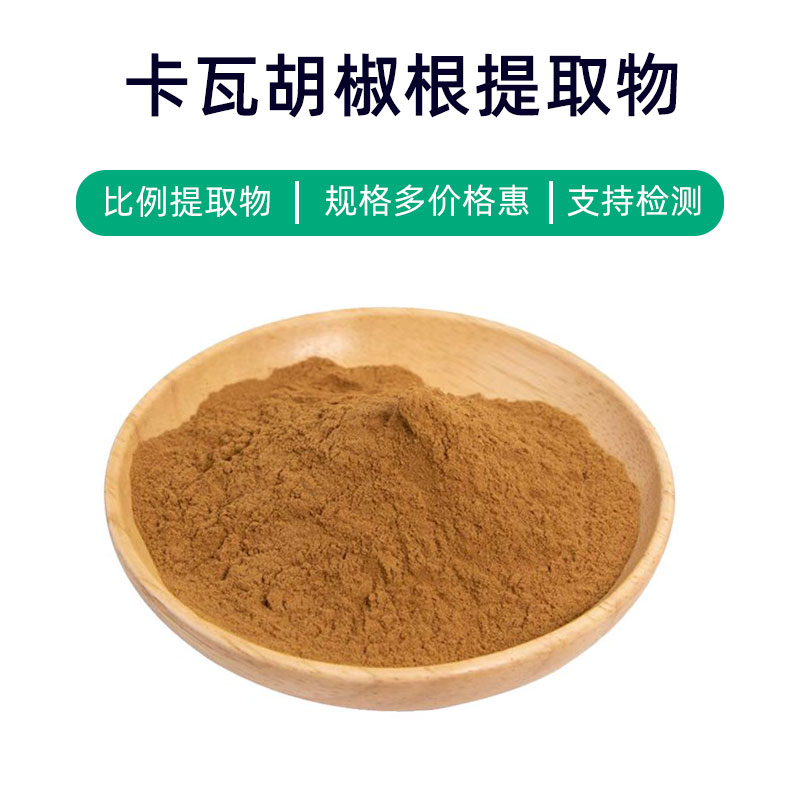Peppermint Extract Product Introduction
Peppermint extract is a natural plant extract obtained from the leaves of the peppermint plant. Its main components include menthol, menthol alcohol, and menthone. It has effects such as cooling and refreshing, soothing digestion, and relieving pain. In the pharmaceutical field, peppermint extract is commonly used in the preparation of cold medicines, cough medicines, and drugs for indigestion, which can help relieve symptoms such as headaches, sore throats, and stomach discomfort. In the food industry, peppermint extract is commonly used in the production of chewing gum, peppermints, and flavor - enhancing food additives, which can enhance the taste and aroma of food. In addition, peppermint extract is also widely used in the cosmetic field for making cool and refreshing shampoos, body washes, and toothpastes, which can effectively enhance the freshness and comfort of the products.
Peppermint Extract Production Process
The production process of peppermint extract usually includes the following steps:
- Peppermint Leaf Picking and Processing: Select fresh peppermint leaves, clean and process them to remove impurities and surface dirt.
- Distillation Extraction: Put the cleaned peppermint leaves into a distiller and extract the volatile components from the peppermint leaves through steam distillation.
- Condensation and Collection: Cool the distilled products in a condenser to condense them into a liquid and collect the peppermint extract.
- Concentration: Concentrate the collected peppermint extract to remove water and increase the concentration of the extract.
- Filtration and Purification: Filter and purify the concentrated peppermint extract to remove impurities and impure substances and improve the purity and quality of the product.
- Testing and Analysis: Test and analyze the purified peppermint extract to ensure that it meets relevant quality standards and safety requirements.
- Packaging: Package the tested and qualified peppermint extract using appropriate packaging materials and methods to ensure the safety of product storage and transportation.
- Storage: Store the packaged peppermint extract in a dry, cool, and ventilated environment, away from direct sunlight and high temperatures, to maintain its stability and quality.
- Recording and Labeling: Record the production process and relevant information of the peppermint extract and label the product appropriately, including ingredients, production date, batch number, etc., for traceability and management.
- Final Product Inspection: Conduct a final inspection of the packaged peppermint extract to ensure that the product quality meets the requirements and can be launched on the market or used for subsequent production.
Peppermint Extract: Effects, Benefits, and Side Effects
Peppermint extract is a common natural medicinal plant extract with various effects and benefits:
- Digestive System: Peppermint extract can promote digestion and relieve digestive discomforts such as indigestion, stomachache, and bloating.
- Respiratory System: Peppermint extract has a calming effect on the respiratory system and can dilate bronchi. It can be used to relieve symptoms of respiratory diseases such as colds, coughs, and sore throats.
- Antibacterial and Anti - inflammatory: Peppermint extract has strong antibacterial and anti - inflammatory effects and can be used to treat oral infections, skin inflammations, and minor burns.
- Itching and Pain Relief: Peppermint extract can relieve itching and pain and can be used to alleviate skin itching, mosquito bites, and headaches.
- Cooling in Summer: Peppermint extract has a cooling effect and can relieve discomfort caused by the summer heat.
- Refreshing and Alertness: Peppermint extract has a fresh scent that can refresh the mind, improve concentration, and enhance mental agility.
- Muscle Relaxation: Peppermint extract has a slight muscle - relaxing effect and can relieve discomfort caused by muscle fatigue and tension.
- Emotional Regulation: The scent of peppermint extract can soothe emotions and relieve anxiety, stress, and mood swings.
Although peppermint extract has many benefits, the following points should be noted when using it:
- Allergic Reactions: Some people may have allergic reactions to peppermint extract, such as skin redness, itching, and swelling. In such cases, use should be stopped immediately.
- Eye Protection: Avoid contact with peppermint extract near the eyes to prevent irritation and discomfort.
- Pregnant Women and Nursing Mothers: Pregnant women and nursing mothers should use peppermint extract with caution and preferably under the guidance of a doctor to avoid affecting the health of the fetus or baby.
- Drug Interactions: If taking other medications, consult a doctor or pharmacist first to avoid potential drug interactions.
Overall Summary
In general, when used appropriately, peppermint extract can provide many benefits. However, individual differences and adaptability should be considered to avoid adverse reactions.
Application Scenarios and Dosage of Peppermint Extract
Peppermint extract is widely used in the pharmaceutical, food, and cosmetics industries. Below are its main application scenarios and recommended usage:
1. Pharmaceutical Field
- Oral Care: Peppermint extract is commonly used in oral care products such as toothpaste, mouthwash, and oral sprays, providing fresh breath and antibacterial and anti-inflammatory effects.
- Usage: Apply an appropriate amount of toothpaste to a toothbrush and brush for 2-3 minutes, twice daily. For mouthwash, take an appropriate amount, rinse for 30 seconds to 1 minute, twice daily.
2. Food Industry
- Flavoring Agent: Peppermint extract is widely used in chewing gum, candy, tea, and beverages to impart a refreshing taste and aroma.
- Usage: Add according to the specified amount in food processing formulations.
3. Cosmetics Industry
- Skin Care: Peppermint extract is incorporated into facial cleansers, creams, and toners to provide a cooling sensation, tighten pores, and control oil.
- Usage: Follow product instructions, typically applying an appropriate amount to the face after cleansing and gently massaging until absorbed.
- Hair Care: Often included in shampoos and conditioners, peppermint extract cools the scalp, reduces dandruff, and promotes alertness.
- Usage: Follow product instructions, apply an appropriate amount to the hair, gently massage, and rinse thoroughly.
4. Recommended Dosage
- Oral care products: Use twice daily according to product guidelines.
- Food additives: Use according to food processing regulations.
- Cosmetic products: Apply an appropriate amount to the skin or hair as directed, gently massage until absorbed, or rinse if necessary.
Overall, as a natural botanical extract, peppermint extract plays a significant role in pharmaceuticals, food, and cosmetics. It should be used according to product instructions and medical advice to avoid excessive use.
Source Plant, Distribution, and Growth Environment of Peppermint Extract
Peppermint (scientific name: Mentha) is a common perennial herbaceous plant belonging to the Lamiaceae family. It is known for its refreshing aroma and is widely cultivated for medicinal, flavoring, and fragrance applications. Below are details about the source plant, distribution, and growth environment:
1. Plant Characteristics
- Peppermint plants are typically perennial herbs, growing to a height of about 30-90 cm.
- They emit a distinctive fragrance that repels pests, and their stems, leaves, and flower stalks contain abundant essential oils.
- The leaves are opposite or whorled, oval or lanceolate, with serrated edges.
- Flowers are arranged in cymes, small, white, and bilabiate (two-lipped).
2. Distribution
- Peppermint is native to Europe, Asia, and Africa and is primarily found in temperate and subtropical regions.
- In China, peppermint is mainly distributed in southern provinces such as Jiangsu, Zhejiang, Hunan, and Hubei.
3. Growth Environment
- Soil Requirements: Prefers nutrient-rich, well-drained soil. It is adaptable but does not grow well in heavy, poorly drained soils.
- Climate Requirements: Thrives in warm, humid climates and does not require strong sunlight. It grows well in partial shade.
- Growth Habits: Peppermint is a shade-tolerant plant that thrives under tree cover or in semi-shaded conditions. It grows rapidly and propagates easily.
4. Cultivation Methods
- Propagation: Usually propagated by seeds or division. Sowing is typically done in spring or autumn.
- Cultivation Management: Maintain soil moisture, weed regularly, fertilize appropriately, and prune as needed to promote growth and increase yield.
- Harvesting and Processing: Peppermint is typically harvested before flowering, with leaves and young shoots collected for drying or essential oil extraction.
Peppermint has strong adaptability and vigorous growth. Under suitable environmental conditions and proper management, it can yield high-quality extracts.
Processing and Storage of Peppermint Extract
The processing of peppermint extract mainly includes harvesting, drying, extraction, and refinement. Fresh peppermint leaves or flower stems are first harvested and cleaned to remove impurities. The cleaned peppermint is then dried to remove moisture while preserving its quality. The dried material is used for extracting essential oils or other active compounds through common methods such as steam distillation or solvent extraction. Finally, the extracted substances are refined and filtered to obtain purified peppermint extract.
For storage, peppermint extract should be kept in a cool, dry place, away from direct sunlight and high temperatures. It should be stored in sealed containers to prevent air and moisture exposure, which helps extend its shelf life. Under proper storage conditions, peppermint extract remains stable and effective for use in pharmaceuticals, food, and cosmetics.
Monica Sun is a seasoned expert in the plant extraction industry with over a decade of experience in research and production. She specializes in the extraction and purification of plant active ingredients, focusing on driving innovation in natural product applications. Monica has participated in the development of multiple functional plant extracts, delivering high-value natural raw material solutions for the health food, pharmaceutical, and dietary supplement sectors.


















